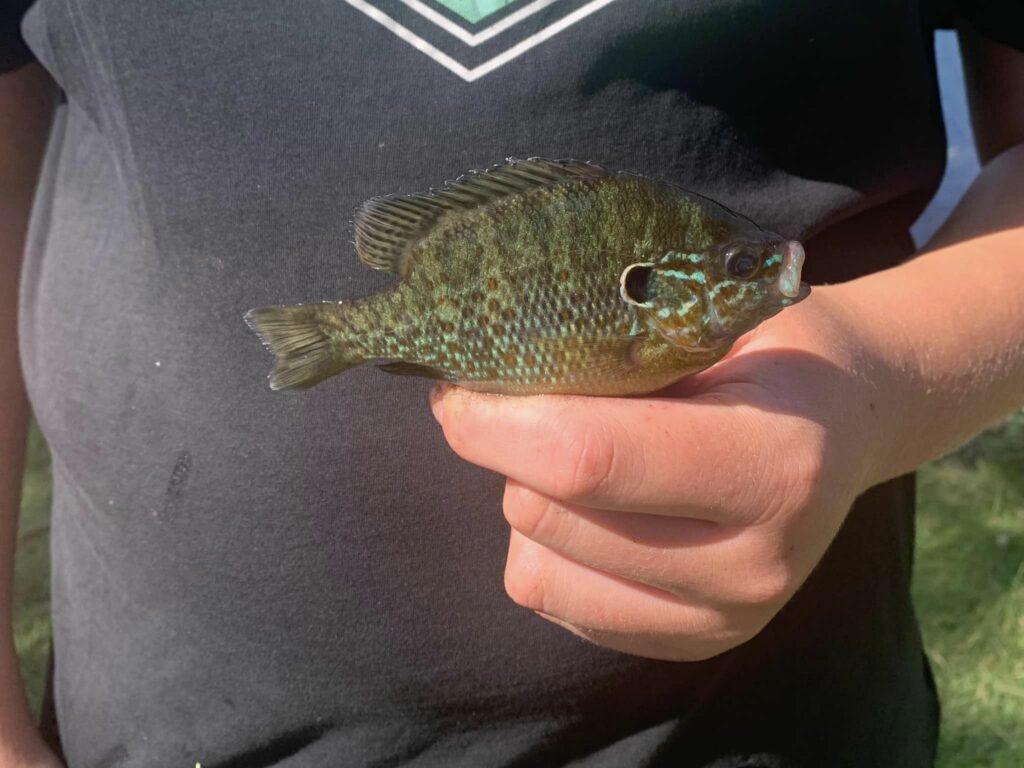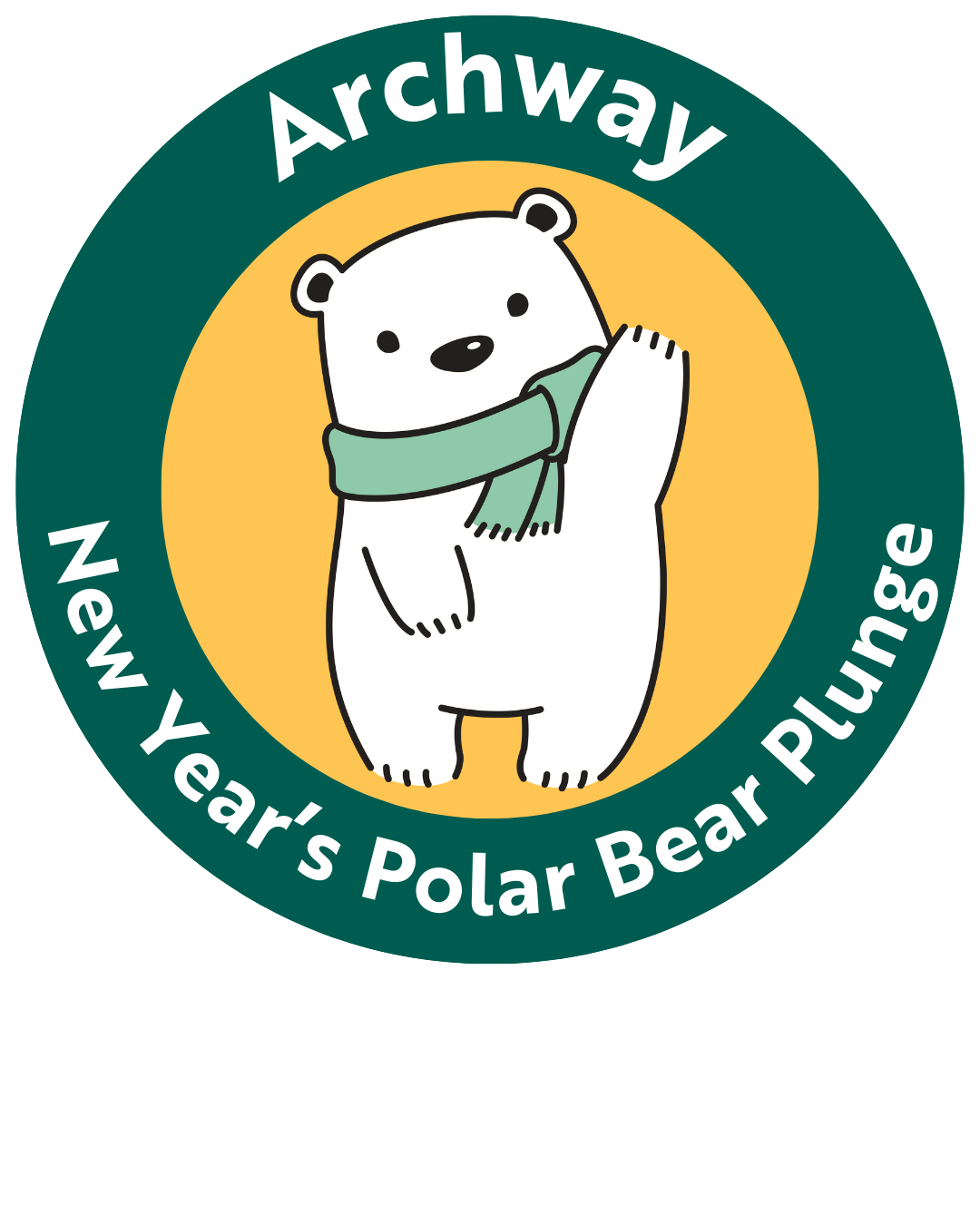Cultus Lake – JULY 11 UPDATE – As posted by the Cultus Lake Community Association:
This appears to be the newest invasive species within Cultus Lake. Known as the “pumpkinseed” fish (?) if you are fishing at the lake and catch one of these fish please do not return it to the lake.
FVN reached out to the Fisheries & Oceans Canada, Pacific Region Cultus Lake Salmon Research Laboratory:
It is very important to stress that the transplanting of fish, especially non-native fish, is illegal, and can be heavily damaging to the ecological integrity of British Columbia lakes, rivers and streams. For instance, Smallmouth Bass are now considered a prime threat to multiple species at risk in Cultus Lake, compounding with other identified stressors (e.g. excess nutrient loading, interactive effects of climate change). When you rearrange ecosystems, you can expect surprises in the ecosystem services (i.e. recreation, economy, aesthetic) that we take for granted.
“If anyone has specific knowledge of or around the Pumpkinseed Sunfish or Smallmouth Bass invaded Cultus Lake, BC they are encouraged to call the RAPP Line (Report all Poachers and Polluters) at 1-877-952-RAPP (7277)”
ORIGINAL STORY – As posted by the Cultus Lake Community Association:
This appears to be the newest invasive species within Cultus Lake. Known as the “pumpkinseed” fish (?) if you are fishing at the lake and catch one of these fish please do not return it to the lake.
One social media post compared them to the “cockroach of fish”.
FVN has asked the Invasive Species Council of BC for more information. They replied:
Pumpkinseed (Lepomis gibbosus)
- A type of sunfish native to northeastern North America.
- Has been widely introduced in western North America and globally
- Introduced in BC by the Columbia River system in the early 1900s.
- Present in southern BC and colonized lakes in the Columbia, Thompson, and Fraser River Watershed regions and on southern Vancouver Island.
- A combination of intentional introductions and spread from introduced populations in the United States. Worldwide, humans are almost always source of spread for this species.
- Prefers quiet and vegetated lakes, ponds, and pools of creeks and small rivers.
- Feeds mainly on amphibians and small fish
- Can reach high densities, competes with native fishes and negatively impact freshwater communities. Contributed to the extirpation (caused the local extinction) of scientifically valuable stickleback pair populations on Vancouver Island.








